Walk the best of Nara in a day trip from Kyoto—shrines, deer, a 15-meter Buddha—all mapped in the only order that actually works.

Planning a Nara day trip from Kyoto sounds easy until you realize how much there is to see — and how far apart some of it is. You’ve got sacred deer, a 15-meter Buddha, and temples scattered all over the park like someone set the GPS to “vague.” The mistake most people make? Winging it.
This guide gives you a walking route that actually makes sense.
- Starting your trip in Kyoto? I’ve mapped out a Kyoto itinerary that pairs perfectly with a Nara detour. 👉Read it here.
How to Get to Nara from Kyoto (Quickly)
If you’re doing a Nara day trip from Kyoto, don’t just hop on the first train that says “Nara.” There are two Nara stations, and only one puts you within walking distance of the temples. You want Kintetsu-Nara Station, not JR Nara. It’s closer, better located, and faster to reach.
The smartest way to get there is by taking the Kintetsu Limited Express from Kyoto Station. It runs direct, takes about 35 minutes, and drops you right in the town center. You can use your IC / Suica Card for this Kintetsu line, but you do need to reserve a seat online. It’s simple and worth it: smooth ride, comfy seats, zero transfers. You’ll arrive just a few minutes’ walk from Kofuku-ji Temple, which is exactly where this itinerary starts.
Skip the JR line unless you’re using a rail pass and don’t mind a longer walk.
Morning: Pagodas, Buddha, and the Deer That Run This Town
Kofuku-ji Temple
Five minutes from Kintetsu-Nara Station and you’re already standing in front of Japan’s second tallest pagoda. Kofuku-ji was built in 710 and backed by the Fujiwara clan, who basically ran the country while the emperors wrote poetry. At one point this temple complex had 150 buildings. Today, you’ll see a sharp five-story pagoda and the Eastern Golden Hall.
Entry to the hall costs ¥500 and gives you a close-up of Yakushi Nyorai, the Buddha of healing, carved with remarkable serenity. Next door, the National Treasure Museum (¥700) is low-key one of the best Buddhist sculpture collections in the country. The Thousand-armed Kannon inside is worth the ticket alone.
Nara Park and the Deer
As you walk northeast toward Tōdai-ji, you’ll enter Nara Park. And that’s when the deer start showing up. There are over 1,000 of them roaming the area freely, and you’ll start seeing them well before you expect them.
Buy the official shika senbei crackers if you want to feed them — but be prepared. The second they hear the wrapper, they rush you like you’re late with room service. Some are polite and bow. Others will bump, nip, or demand tribute.
According to Shinto lore, a god once arrived in Nara riding a white deer, and since then, they’ve been protected and semi-deified. At one point, killing a deer here was punishable by death.
Take your time here. There are plenty of quiet corners if you wander off the main paths, especially to the east. Stay on the move toward Tōdai-ji, which is just a few minutes away.

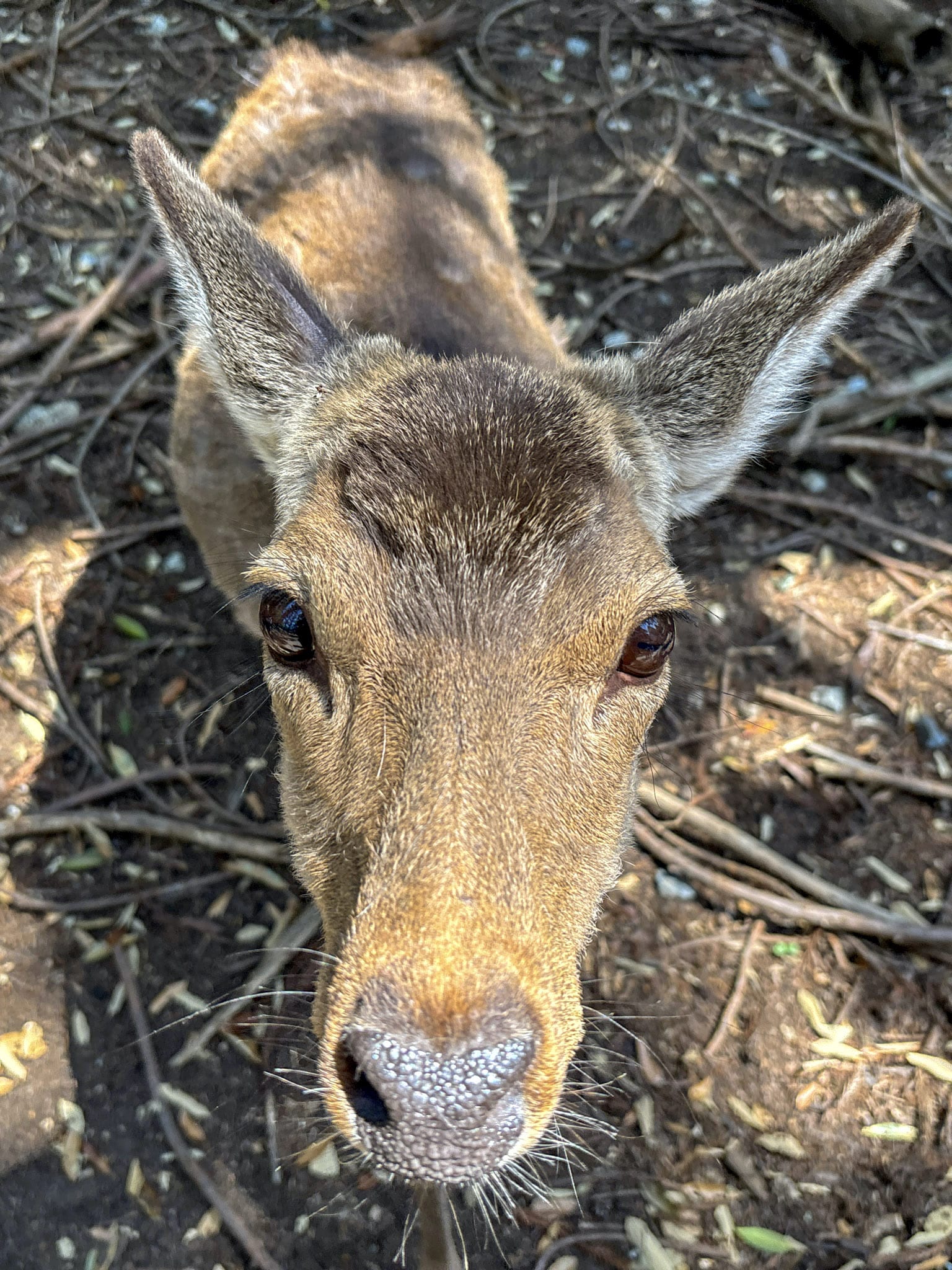
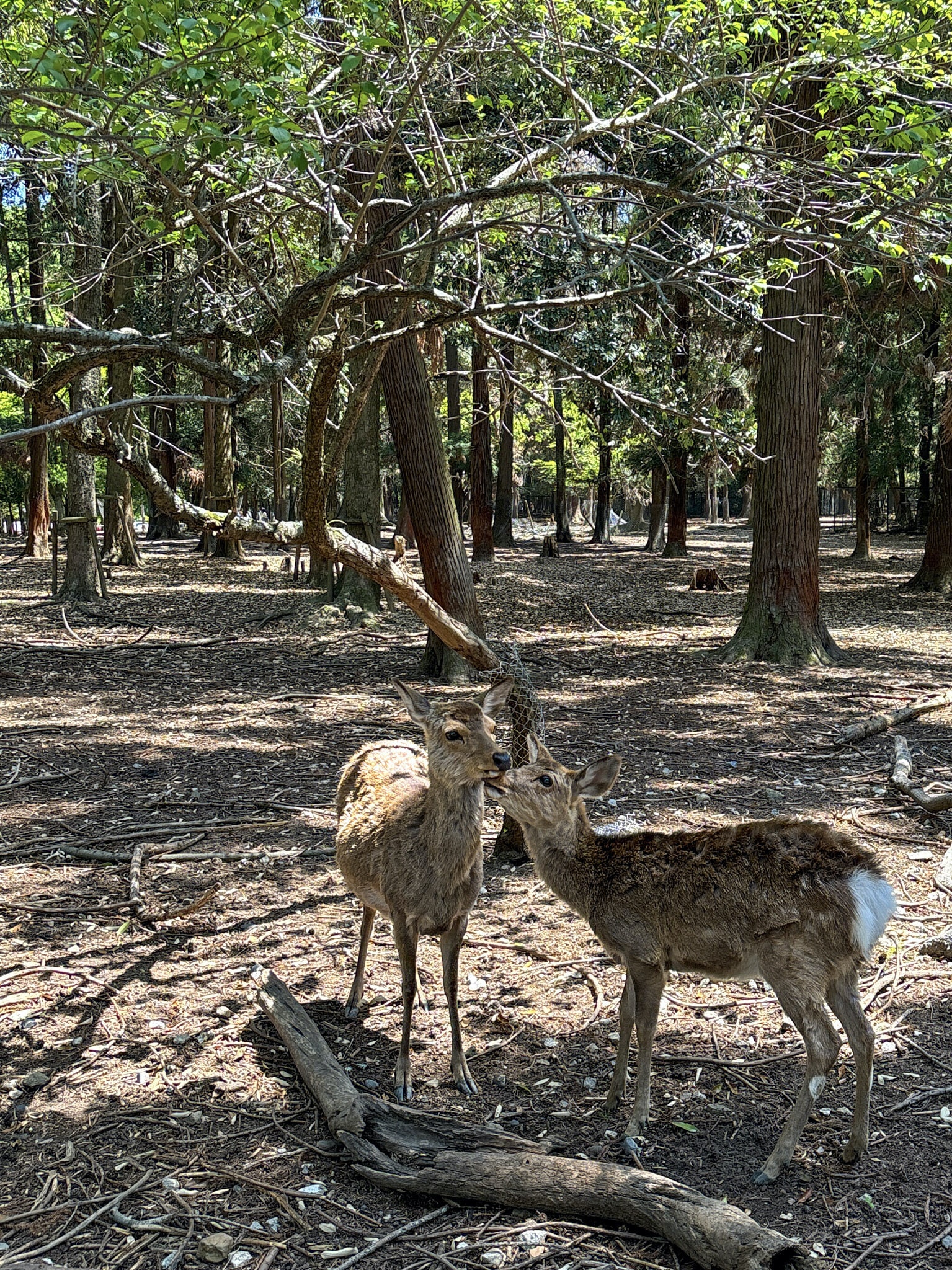
Tōdai-ji Temple
From the deer chaos, head to the Nandaimon Gate. It’s huge, wooden, and guarded by two 13th-century Nio statues that look like they’ve been flexing for 800 years. Walk through and you’ll hit the Daibutsuden.
Tōdai-ji’s Great Buddha Hall is the largest wooden structure in the world, even though it was rebuilt at two-thirds the original size. Entry is ¥600 and yes, it’s worth it. Inside is a 15-meter-tall bronze Buddha, completed in 752 using two million people and most of Japan’s bronze reserves. It was built to restore spiritual order after a series of national disasters.
Behind the statue, there’s a wooden pillar with a hole the size of the Buddha’s nostril. If you can crawl through it, you’re guaranteed enlightenment in the next life. Most kids make it, and most adults pretend they didn’t want to try.
Lunch
Walk 10 minutes south from Tōdai-ji toward Naramachi and you’ll reach Edogawa, a quiet machiya restaurant known for tender unagi-don (grilled eel over rice). Sets start around ¥2,500 and come with soup and pickles.
If you’d rather keep moving, Hiraso is a 7-minute backtrack toward Kintetsu-Nara Station but worth it for kakinoha sushi—bite-sized pressed sushi wrapped in persimmon leaves, with mackerel or salmon. Eat in or take a box for later.
The lightest option is Mizuya Chaya, hidden along the forest path from Tōdai-ji to Kasuga-Taisha. No detour needed. They serve kitsune udon, yomogi mochi, and hot zenzai, all in a moss-covered teahouse that looks straight out of Edo Japan.
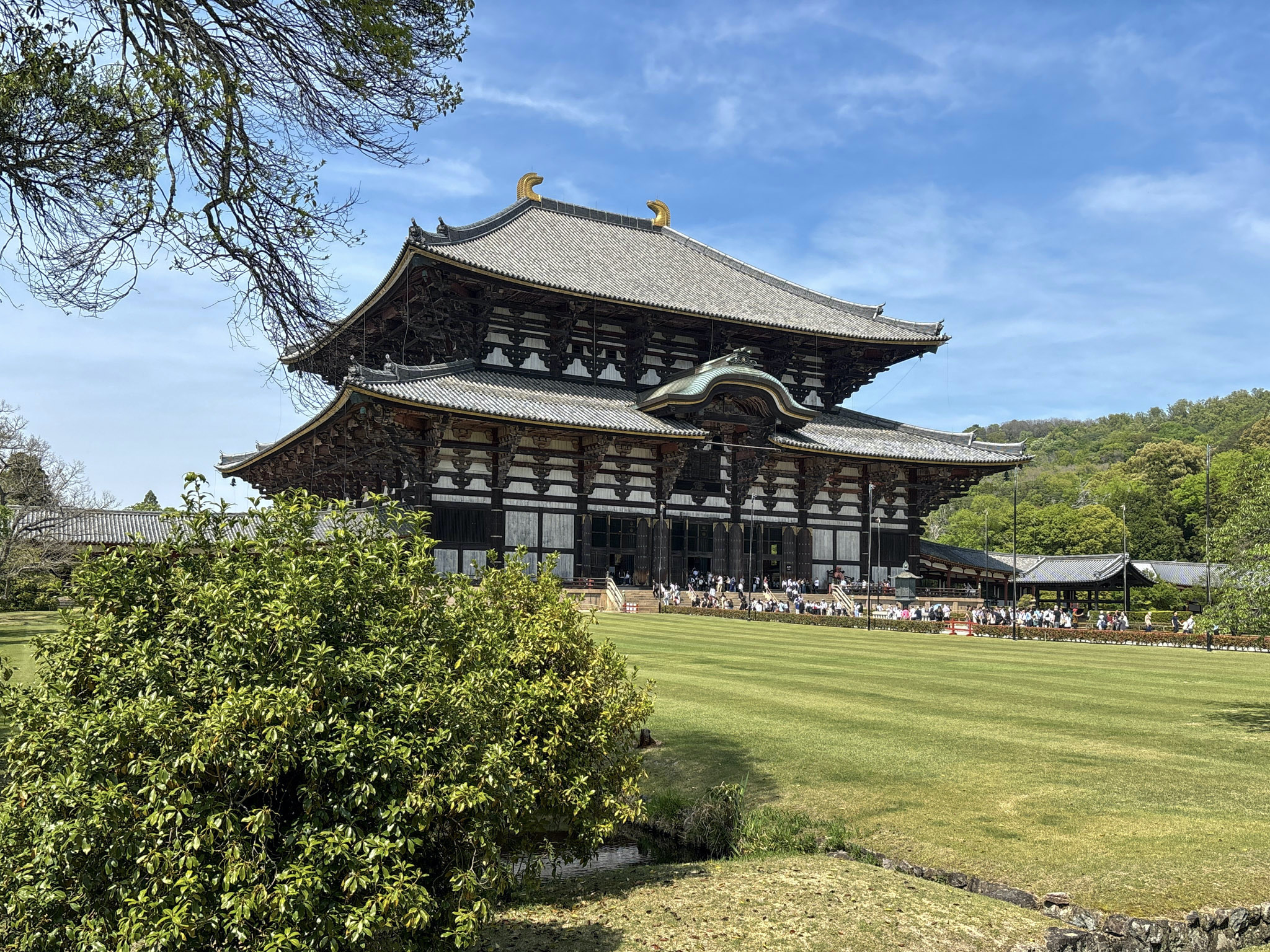

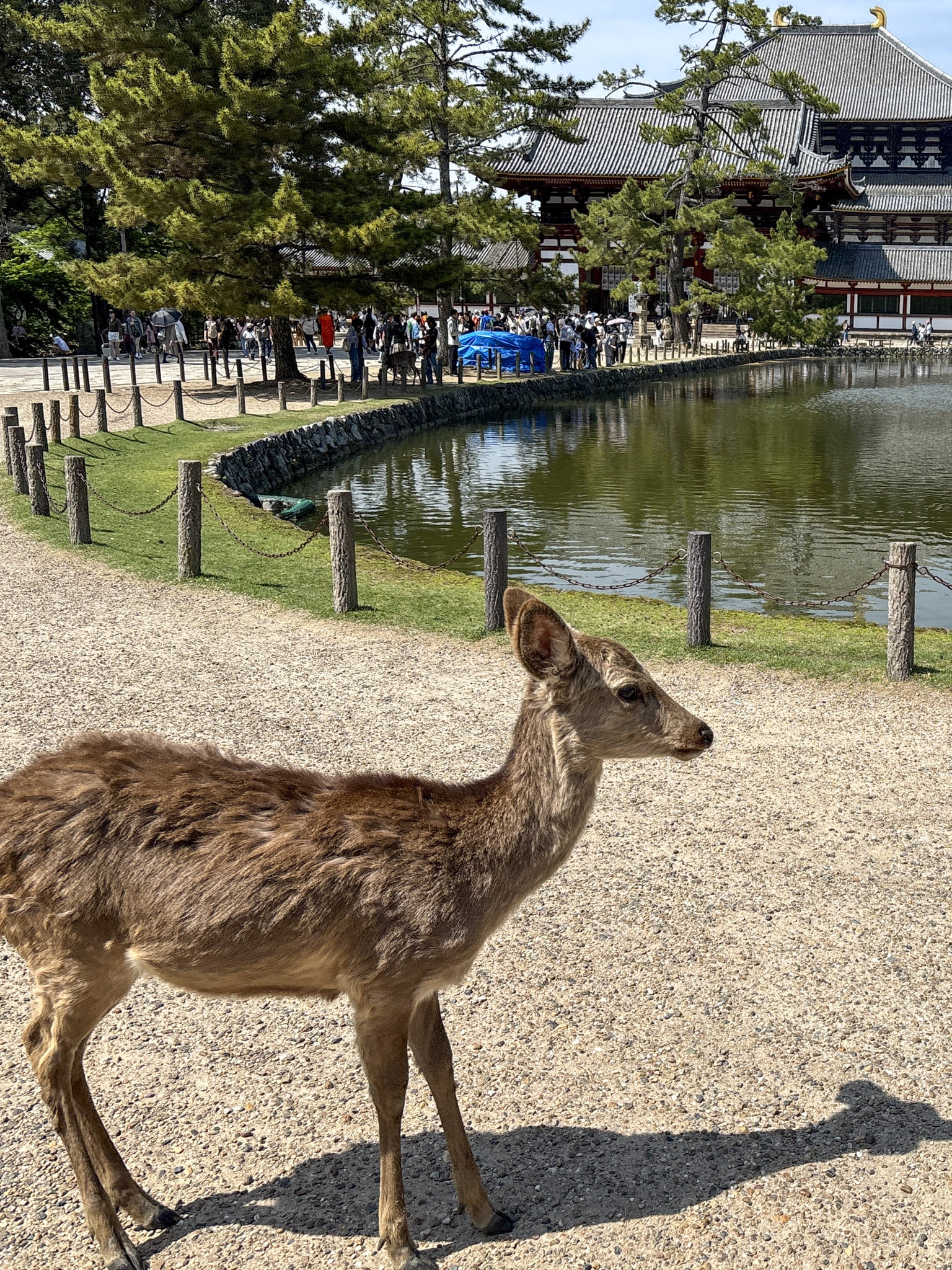
Afternoon: Lanterns, Red Paint, and Charming Streets
Kasuga-Taisha Shrine
Five minutes uphill from Mizuya Chaya and you’re walking between stone lanterns that haven’t moved in 500 years. Over 2,000 of them mark the path to Kasuga-Taisha, the shrine built in 768 to honor the gods that supposedly arrived in Nara on a white deer. You’re still in the same park, technically, but the shift is clear. The trees get taller, and the light tilts greener.
At the top, the shrine complex appears suddenly with low wooden eaves and rows of bronze hanging lanterns. Entry to the inner shrine is ¥500. It gets you into the corridors where the lanterns crowd the beams and shadows fall in slow motion. The whole place runs on repetition: form, color, stillness.
Next door, the Kasuga Museum adds context with its stockpile of costumes, antlers, and masks used in the shrine’s centuries-old rituals. Another ¥500, and worth it if your brain needs a break from architecture.
Naramachi
From the shrine, walk west. No signs tell you you’ve entered Naramachi, you just notice the houses start leaning in a little, and everything drops to two stories. This was once the city’s merchant core, and it still works like one, just slower.
The Naramachi Latticed House (free entry) is the one stop to make if you want to understand the floorplan behind the neighborhood. You step through the front room where goods were sold, then into the living quarters where life unfolded in slippers and hushed voices. The garden out back is barely three steps wide, but it’s balanced like a stage set.
Nearby, you’ll find craft studios, a few tea houses, and old-family stores that specialize in one thing only: incense, indigo, handmade brushes.
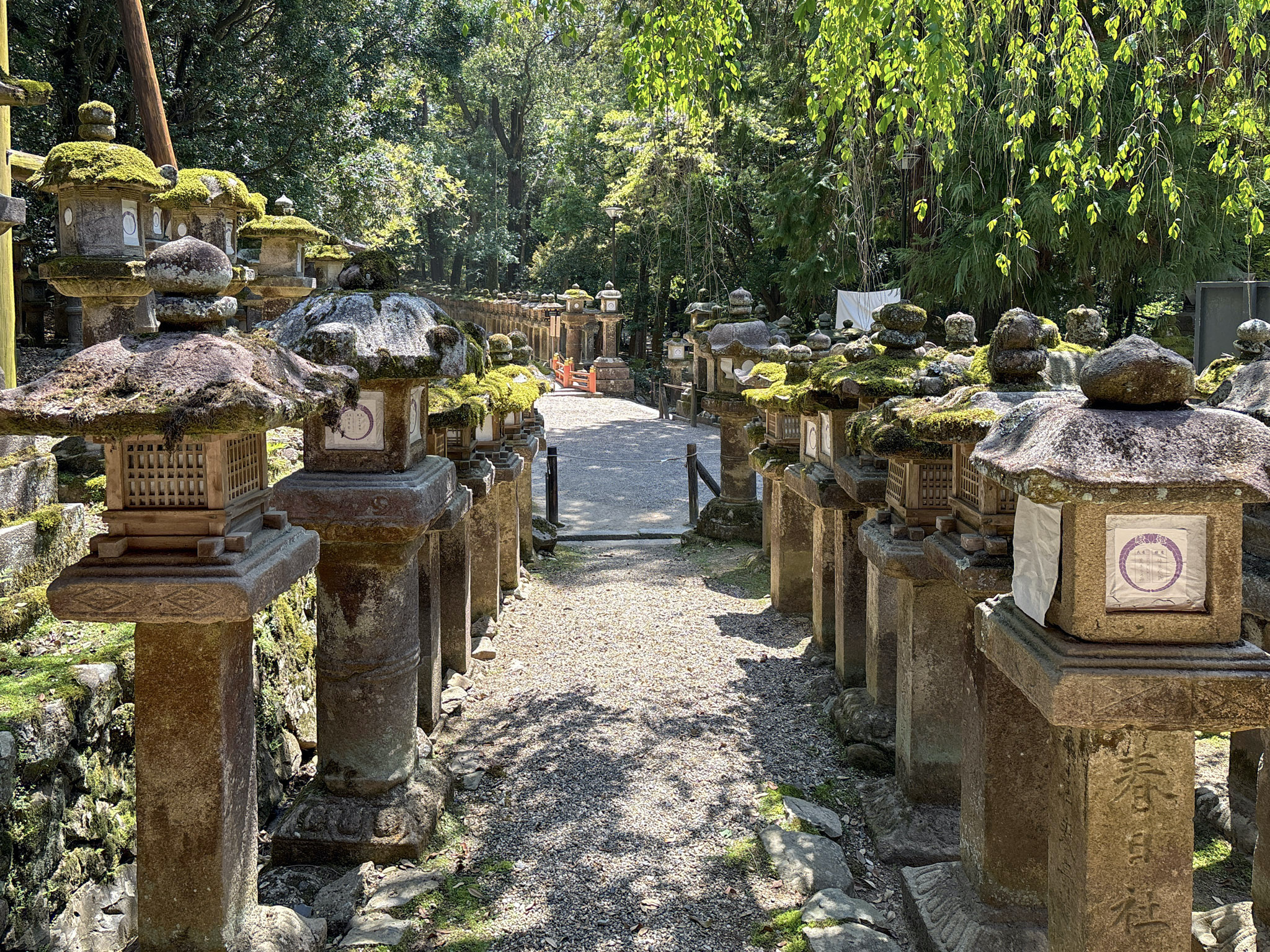

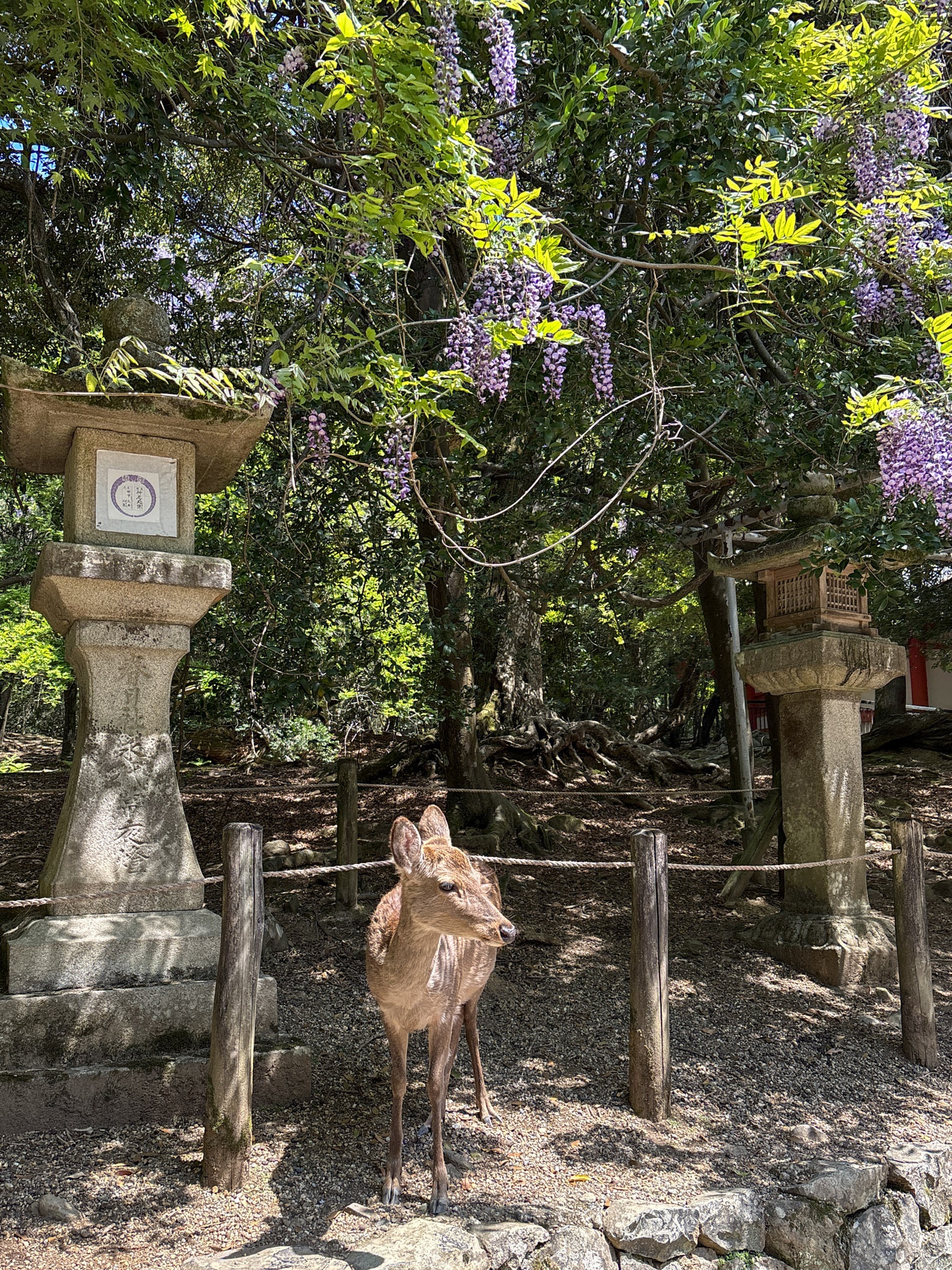
Keep reading:
Kamakura Day Trip From Tokyo: A Step-by-Step Walkthrough
Kamakura day trip from Tokyo, done right: bamboo forests, cliffside views, a coastal tram, and every stop tested on one relaxed, incredible loop.[dssb_sharing_buttons icon_placement="icon" icon_width="fixed" alignment="left" icon_color="#000000"...
Tokyo Subway: Your Essential Guide to Tokyo’s Public Transport
Tokyo’s train and subway map looks wild, but this guide breaks it down: tickets, IC cards, stations, exits, and how to tap your way through the city like a local.[dssb_sharing_buttons icon_placement="icon" icon_width="fixed" alignment="left" icon_color="#000000"...
13 Best Things to Do In Tokyo: First-Timer’s Guide
Tokyo isn’t just a city—it’s a world of its own. From secret bars tucked beneath train tracks to avant-garde art in unexpected places, the best things to do in Tokyo go far beyond the guidebooks. Ready to experience it like a local?[dssb_sharing_buttons...


